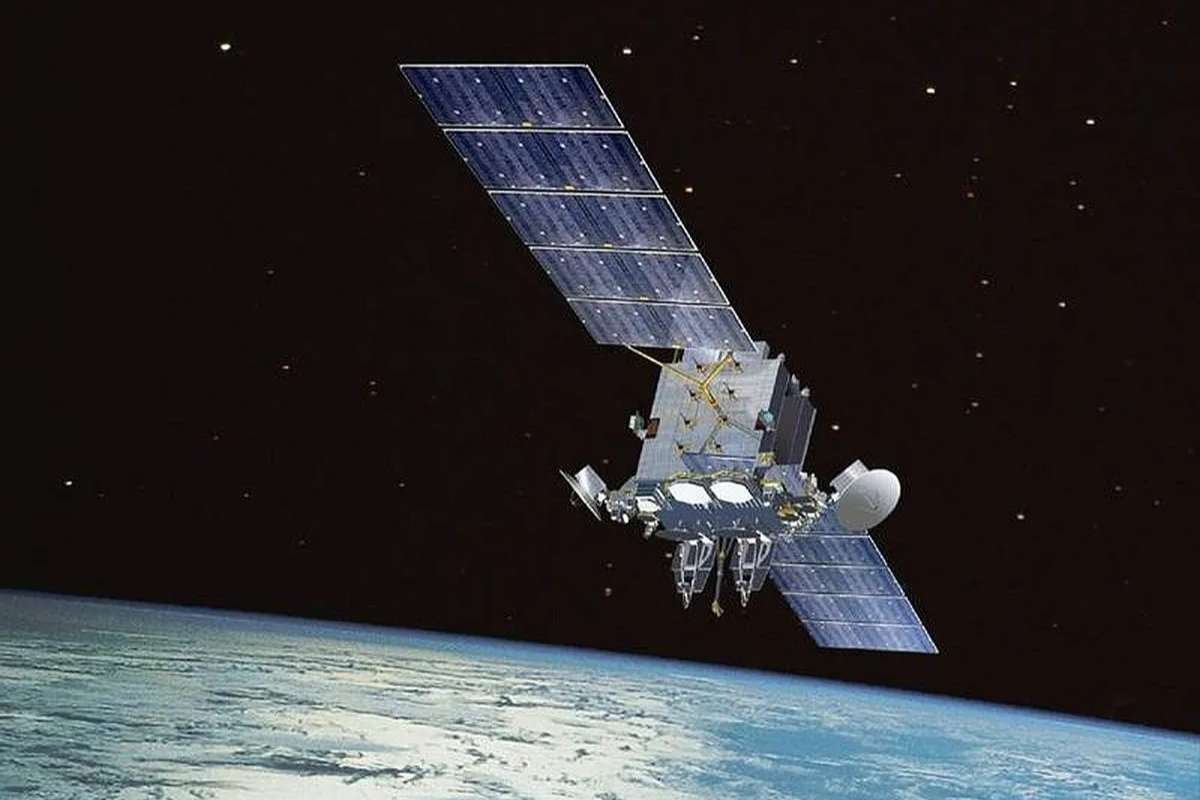Expansion of U.S. Hotel Chains in India
U.S. Hotel Chains in India have become a vital component of strengthening U.S.-India relations, with their rapid and strategic expansion across the Indian market. Recognizing India’s booming domestic travel industry and rising disposable incomes, global hotel brands are making significant investments to capitalize on the country’s growing tourism potential.
Marriott International, the world’s largest hotel company, already operates over 150 properties in India and has ambitious plans to add 80 more within the next five years. The company is targeting diverse market segments, ranging from luxury resorts to midscale hotels designed for the expanding middle class. Similarly, Hilton is making strong inroads, with 25 hotels already in operation, 20 more in development, and plans to introduce four new brands in India by 2025. Hyatt, with its current footprint of over 45 hotels, is increasingly venturing into Tier-2 cities to cater to both business and leisure travelers. Wyndham Hotels & Resorts, which runs 50 hotels across 35 Indian cities, aims to double its presence by focusing on midscale and budget-friendly accommodations.
Despite their aggressive expansions, U.S. Hotel Chains in India are navigating an underexplored market, evidenced by the country’s relatively modest 10.9 million foreign visitors in 2019, compared to 80 million in the U.S. and 90 million in France. Even London alone attracted nearly as many tourists in the same period. However, this underdevelopment presents an enormous opportunity for growth. American hotel brands are positioning themselves to not only cater to India’s domestic travelers but also shape its future as a global tourism destination.
Indian Travelers Reshaping U.S. Hospitality
On the other side, Indian travelers are leaving a significant mark on the U.S. hospitality landscape. In 2024, approximately 2.2 million Indian tourists visited the United States, reflecting a 24% increase from the previous year. This surge has made India the second-largest overseas market for U.S. tourism outside North America, and by 2025, it is expected to be the third-largest source of international visitors, following Canada and Mexico.
Indian tourists are not just arriving in greater numbers—they are also among the highest-spending demographics. In 2023 alone, Indian travelers spent over $20 billion in the U.S. Luxury hotels have taken notice, adapting their services to meet Indian preferences, including expanding vegetarian, vegan, and Jain-friendly dining options. Business hotels in cities like New York, San Francisco, and Chicago have introduced amenities such as electric tea kettles and Indian news channels, while leisure destinations like Orlando, Las Vegas, and Honolulu are offering tailored packages for Indian weddings and multi-generational travel.
Policy changes have further boosted this growth. Visa wait times for Indian visitors have significantly reduced, and the number of direct flights between Indian and U.S. cities continues to expand. Indian tourists are no longer a niche market; their influence is shaping hospitality trends across the U.S.
The Role of Indian Americans in U.S. Hospitality
The Indian American community plays a crucial role in strengthening hospitality ties between the two nations. Indian Americans own over 60% of all motels and hotels in the U.S., amounting to more than 40,000 properties that generate an estimated $40 billion annually and employ hundreds of thousands. The Asian American Hotel Owners Association (AAHOA), founded in 1989, now represents over 20,000 hotel owners, making it the largest hospitality trade organization in the world. The association actively influences policy discussions on investment, workforce mobility, and visa regulations, further cementing the community’s impact on the industry.
Indian hospitality firms are also making major moves in the U.S. market. In 2024, Indian hospitality giant OYO made headlines by acquiring Motel 6 and Studio 6 in a $525 million all-cash deal—one of the most significant cross-border acquisitions in the industry. This demonstrates a shift where Indian companies are no longer just participating in the global hospitality market but actively shaping it through capital investment and operational expertise.
As U.S. Hotel Chains in India continue to grow, their role in fostering economic and cultural connections between the two nations becomes increasingly significant. With rising investments, shifting consumer preferences, and supportive policy changes, these chains are shaping hospitality as a cornerstone of the U.S.-India relationship, unlocking immense potential for future collaboration and development.







